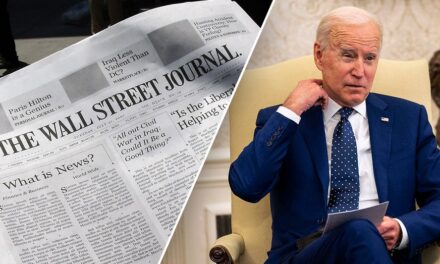In a bold and proactive approach, Indiana Governor Mike Braun is setting the stage to address the growing concerns of college students facing escalating debt burdens. As student loan debts continue to reach unprecedented levels, affecting the financial security of graduates and their families, Braun’s initiative comes as welcome news to many students and advocates for education reform.
Governor Braun has proposed a multi-faceted plan aimed at providing relief to college students and recent graduates. This plan is not only about alleviating financial pressure but also about fostering a sustainable educational environment where students can thrive without the looming burden of debt. The governor emphasizes that higher education should be accessible and affordable, enabling young people to pursue their dreams without the fear of overwhelming financial obligations.
The initiative includes several key components designed to directly address the heavy financial toll that education can impose. One of the standout features of the proposal is the plan to significantly increase funding for state scholarships and grants. This funding boost would provide more opportunities for students to access financial aid, potentially reducing the overall reliance on student loans.
Governor Braun has also highlighted the importance of streamlining the financial aid application process. By simplifying how students apply for financial assistance, the goal is to ensure that more students can take advantage of the available resources. This aspect of the plan is essential, especially for first-generation college students who may not have the guidance typically available to navigate the complexities of financial aid.
Moreover, the governor’s proposal aims to strengthen partnerships with Indiana’s private and public universities to implement innovative tuition reduction strategies. This collaborative effort encourages institutions to reconsider their pricing models and explore alternatives that can lower the cost of attendance for students. By working together, state leaders and educational institutions hope to create a more conducive environment for learning, where financial barriers do not hinder educational aspirations.
A significant component of the governor’s plan is the introduction of a loan forgiveness program targeting graduates who commit to working in high-demand fields within Indiana. This initiative is particularly attractive to students majoring in areas such as healthcare, education, and technology, where there is a pressing need for skilled professionals. By offering loan forgiveness to these individuals, the state not only alleviates their financial burdens but encourages them to contribute to Indiana’s economy and workforce development.
Students and graduates expressed optimism regarding the governor’s proposals. Many have faced the harsh realities of repaying student loans, which can often exceed their starting salaries. The prospect of debt relief through various avenues is seen as a pathway to financial stability and personal growth. The initiative has also sparked discussions among student organizations, policymakers, and educators about sustainable solutions for long-term debt issues within the state’s higher education system.
In tandem with addressing student debt, Governor Braun has stressed the importance of promoting vocational training and apprenticeship programs. These alternatives to traditional college pathways can provide students with the skills needed to enter the workforce directly, often with lower educational costs and without accumulating significant debt. By championing these options, Indiana aims to diversify the routes available for students, creating a more inclusive and accessible education system.
Critics of the current higher education landscape welcome Braun’s initiatives, acknowledging that while the problem of student debt is complex, meaningful changes can make a substantial difference. Advocates argue that student debt should not be a lifelong sentence but rather a temporary challenge that can be addressed through comprehensive legislative action and support from state officials.
The conversations surrounding student debt are intensified by national discussions about the potential for broader federal reforms and policies aimed at alleviating financial burdens on students nationwide. As states like Indiana take action at the local level, it could create momentum for changes on a grander scale, signaling to lawmakers in Washington that the time for meaningful reform is now.
Governor Braun’s initiative is a reflection of a growing recognition that student debt has implications beyond individual borrowers; it affects the broader economy and the state’s ability to attract and retain talent. As graduates leave school with heavy debt loads, their ability to purchase homes, invest in businesses, and contribute to the local economy is often hindered. Thus, actionable steps taken today could yield significant benefits for Indiana’s future economic landscape.
While the governor’s plan is ambitious, implementing these changes will require collaboration between various sectors—including government, education, and the private sector. Success will depend on gathering widespread support from policymakers, educators, and the public to ensure that reforms are not only introduced but sustained over time.
In conclusion, Governor Mike Braun’s bold initiative to tackle rising student debt is a response to a pressing issue faced by many young adults in Indiana. With a focus on increasing financial aid opportunities, reforming tuition structures, and promoting vocational training, the plan is poised to support students and graduates as they navigate their educational and professional journeys. This proactive stance sets a promising precedent for how state leaders can directly impact student financial well-being and reshape the narrative around higher education costs. As Indiana follows through on these proposals, the hope is that other states will take note and pursue similar reforms, potentially leading to a nationwide movement toward a more equitable and accessible education system.
































